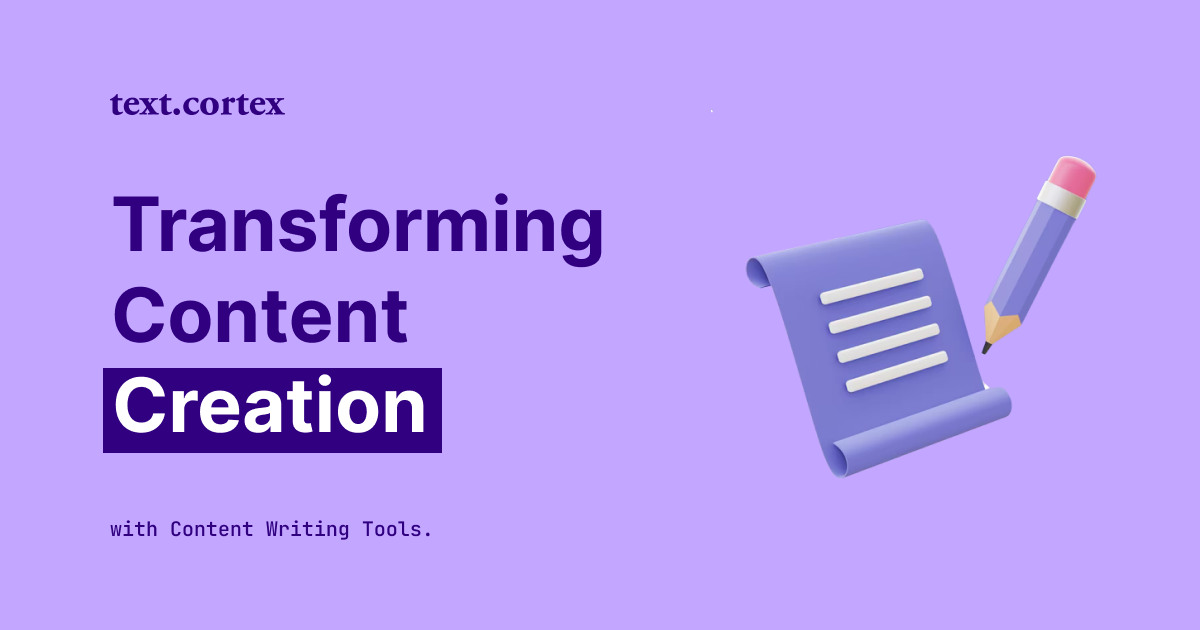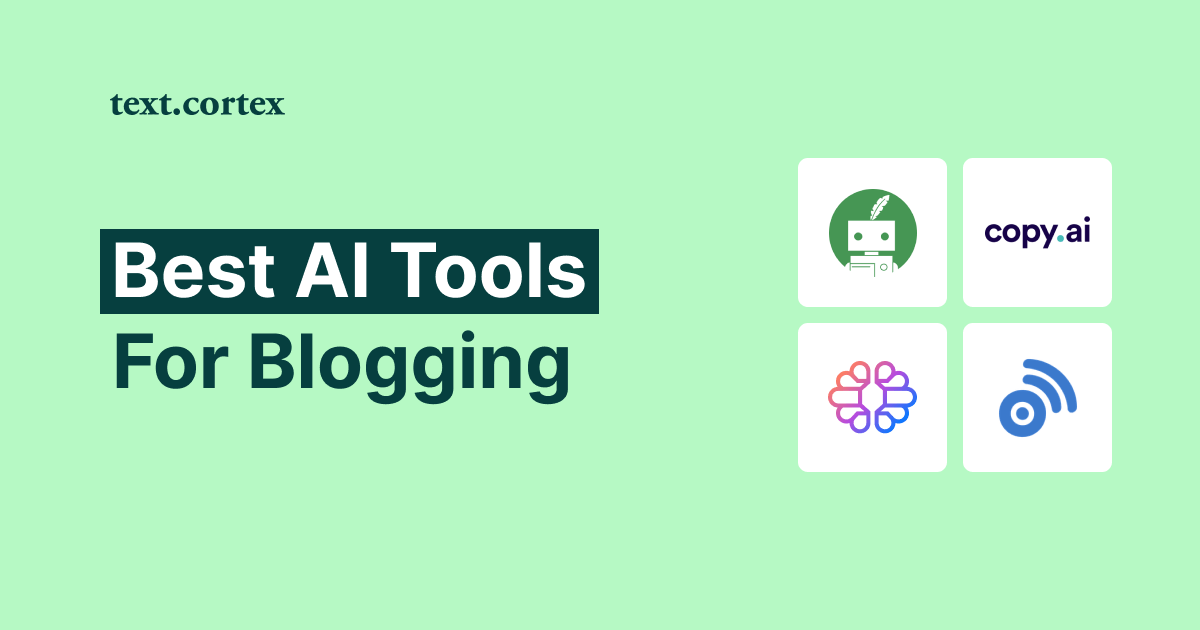How To Write a Content Brief For Better SEO
In today's digital age, businesses must have a robust online presence to keep up with the competition and succeed.
Thus, optimizing your website content to rank higher in search engine results pages, is essential.
However, creating SEO-friendly content can be daunting without proper planning and direction.
This is where a solid content brief comes in — a document that describes your content's components in detail (purpose, audience, and search engine optimization guidelines).
In this article, we'll look at how to write a content brief for better SEO and give you some useful examples that will help your writers create content that search engines will love.
Let’s begin!
TL;DR
- Determine if you wish to instruct, inform, entertain, or persuade your audience.
- Find out more about your target audience's background, passions, and difficulties.
- Determine whether you will use text, video, audio, blog posts, or social media to disseminate your message.
- Create an outline of your content's layout, including the significant sections, subheadings, and bullet points.
- Research the best keywords and phrases to use in your content.
- Indicate whether your content is formal, informal, humorous, or authoritative.
- Find the images, videos, and infographics you want to incorporate into your content.
- Utilize conversational models to quickly help you write an effective and SEO-oriented content brief.
7 Tips on How to Write a Content Brief
As mentioned at the outset, a content brief is a written summary of your content project.
It acts as a road map for your content creation procedure and ensures that your content aligns with your business objectives, target market, and SEO goals.
Here are 7 essential elements to include in your content brief.
1. Content Objective
Determine whether you want to teach, inform, amuse, or persuade your readers.
Clarify the central points you wish to make and the response you hope to elicit from your readers.
- What is the purpose of your content?
- What key messages do you want to convey?
- What is the desired outcome or action you want your audience to take?
Creating a content marketing funnel, for instance, is a great starting point to properly determine your content objective.
Section Example: Content Objective
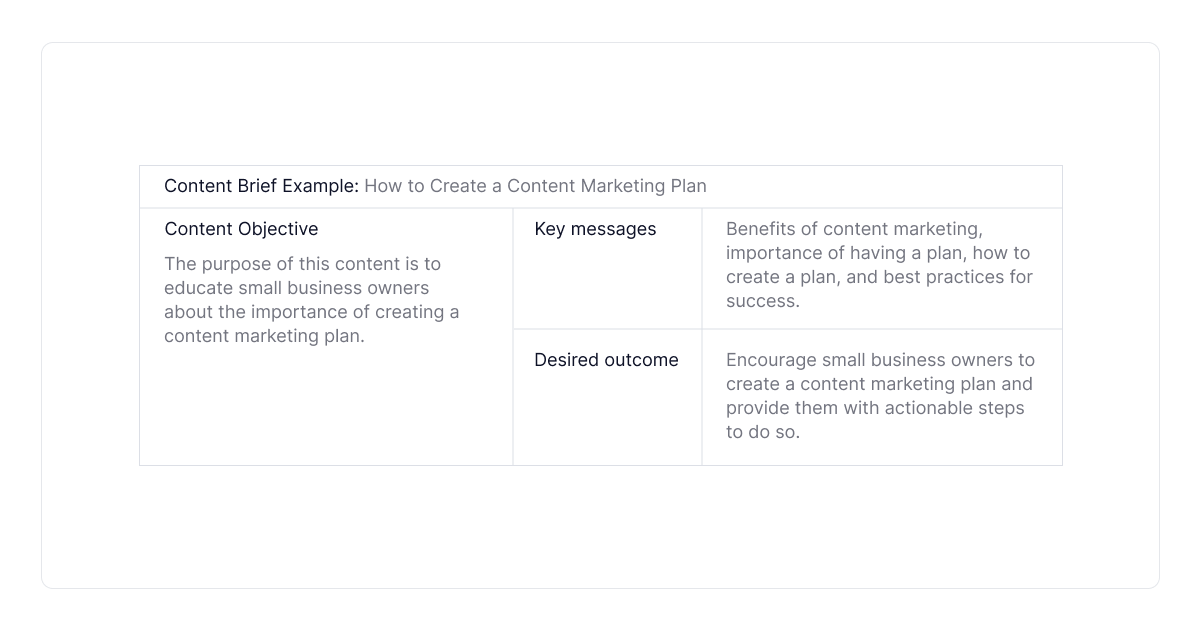
2. Target Audience
Determine who you want to reach and learn more about their demographics, interests, and challenges.
Define who they are, what they do, and why they care about your content.
- Who is your target audience?
- What is their demographic information, interests, and pain points?
- What motivates them to engage with your content?
You can learn a lot about how people in different demographic groups use the internet by using free resources like AnswerThePublic and PeopleAlsoAsked.
Section Example: Target Audience
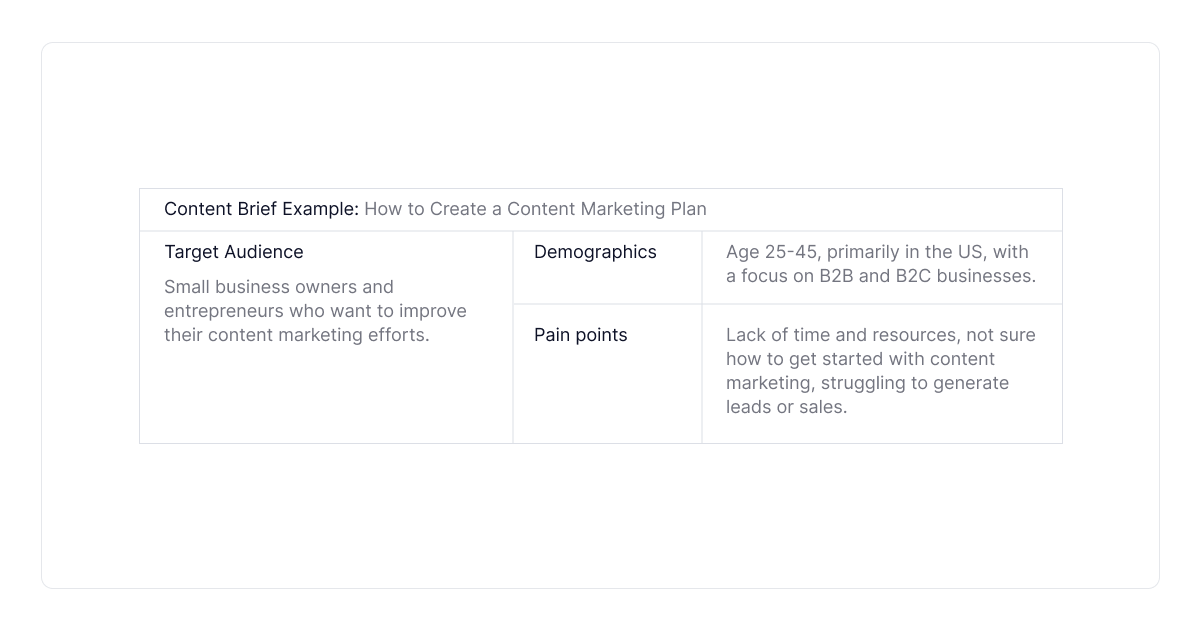
3. Content Format
Decide whether you'll be distributing your message via text, video, audio, infographic, or social media.
For instance, the writing approach, style, and form are different for blog posts and ad copies.
Then, include your insights about the targeted audience and what you want them to take away before settling on a specific format type.
- What is the format of your content, such as a blog post, video, podcast, infographic, or social media post?
- What format suits your target audience and the message you want to convey?
Copywriters who keep up with the latest trends can better serve their readers by crafting content that responds directly to their queries.
Section Example: Content Format
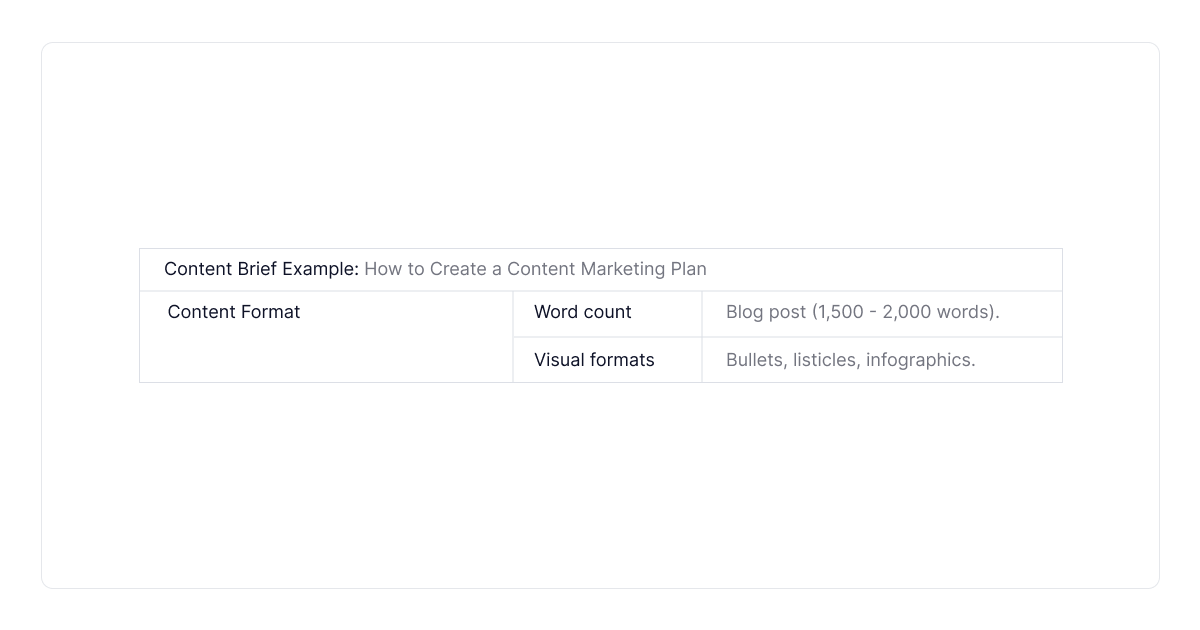
4. Content Structure
Provide structure guidelines for a specific content form you want to create.
For instance, outlines, including section headings, subheadings, and bullet points, will help your readers navigate your content with ease.
Furthermore, this will assist you in structuring your content for optimal readability.
- Which outline structure best explains the flow of your content?
- How will you organize your ideas to ensure that your content is easy to read and understand?
If you want your reader to read the entire piece, starting with the introduction and ending with the conclusion, every detail matters.
Section Example: Content Structure
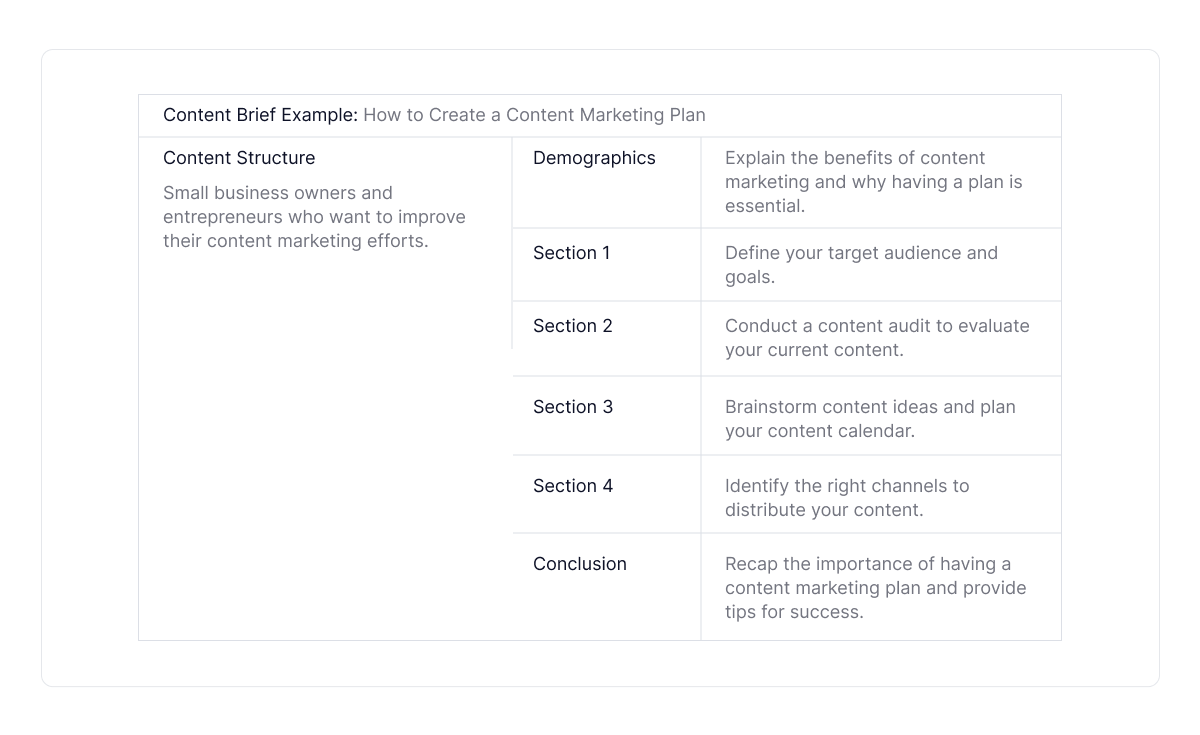
5. Keywords and SEO
You need to do some keyword research to find the right words and phrases to use in your writing.
Then, incorporate these keywords into your content brief to aid in guiding the creation of content and boosting SEO.
- What are the relevant keywords and phrases for your content?
- How will you include these keywords in your content to improve your SEO?
Read our article on free SEO extensions to properly conduct keyword research online.
Section Example: Keywords and SEO
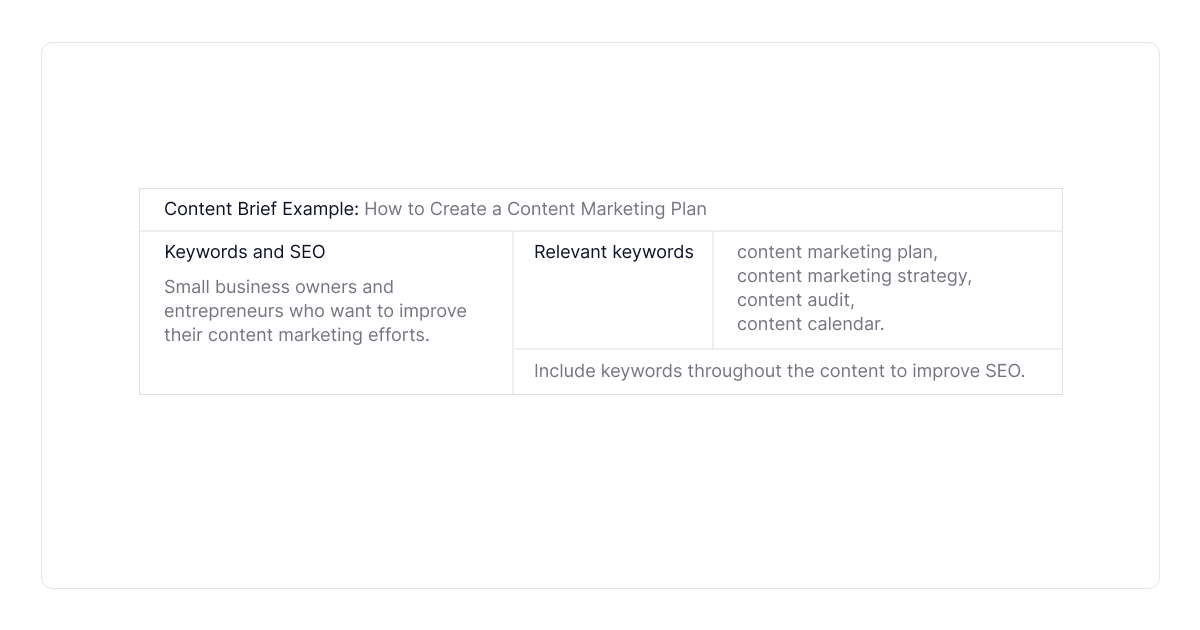
6. Tone and Style
Include a description of the attitude and manner in which your content is intended to be read, such as formal, conversational, humorous, or authoritative.
This will make it easier for you to create content that is relevant to your target audience and is consistent with the voice of your brand.
However, if you take the time to determine which writing style to include in the content creation process, you will be able to convey your message in a way that is harmonious with a specific topic.
- What is the tone and style of your content, such as formal, conversational, humorous, or authoritative?
- How will you ensure that your content resonates with your target audience and aligns with your brand voice?
Section Example: Tone and Style
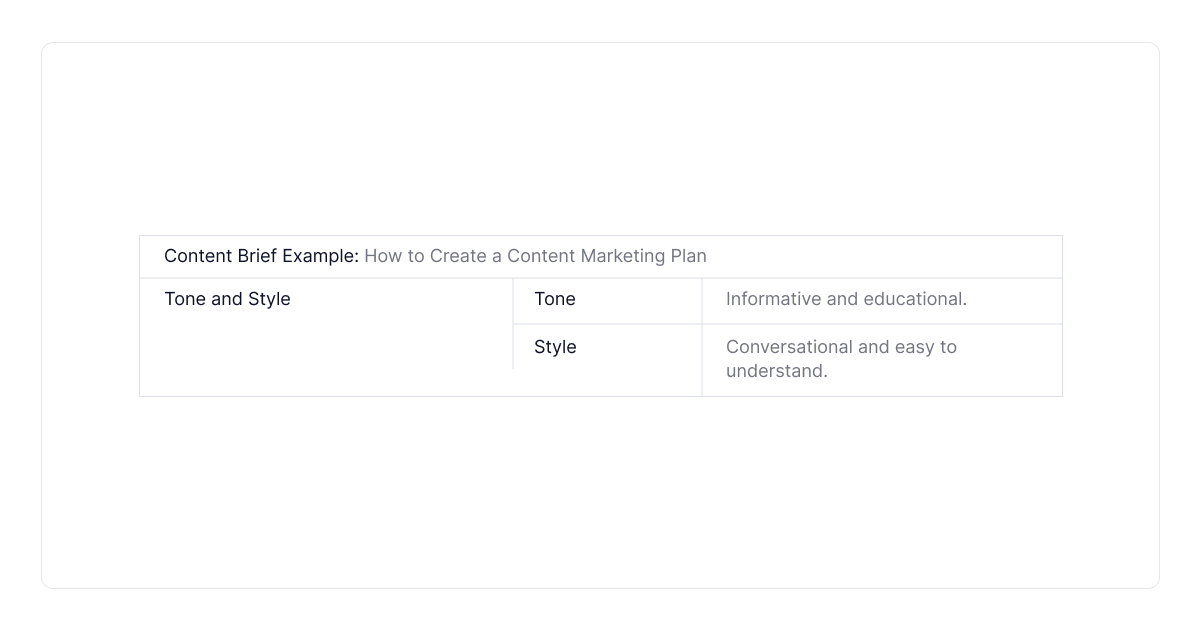
7. Visuals and Media
Find the images, videos, and infographics that you want to incorporate into your content.
By incorporating visuals, you can more easily produce content that is both interesting and visually appealing, thereby attracting more readers.
- What visual elements or media will you include in your content, such as images, videos, or infographics?
- How will you create engaging and visually appealing content that captures your audience's attention?
Section Example: Visuals and Media
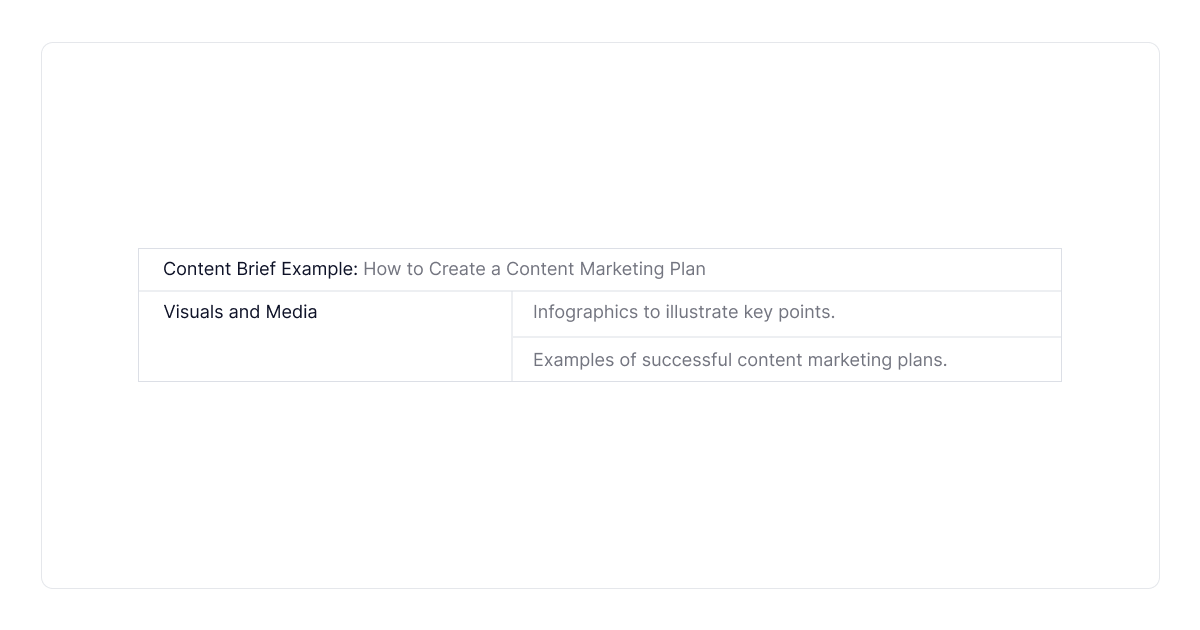
Let’s Recap
In conclusion, a well-written content brief can help you improve your SEO and write optimized content for both search engines and your intended audience.
Incorporating these 7 elements into your content brief will help you:
✔️Establish a solid base for high-quality content creation
✔️Achieve your business objectives
✔️Reach your intended audience
✔️Boost your search engine optimization (SEO)
Did you know, however, that conversational AI features like those provided by TextCortex can help you do all of this and more?
Within seconds of receiving your written request, Zeno Chat can generate an SEO-friendly content brief (and other content forms).
Simply open your text editor, click on the purple bubble in the upper right, and start typing your content request to access it.
Plus, you can use other rewriting features available within TextCortex extension to:
👍 Rewrite
👍 Summarize
👍 Extend
👍 Change the tone
👍 Read content aloud
👍 Measure readability
👍 Create long-form posts
👍 Translate your content
👍 Generate any content form with 60+ AI templates
Our TextCortex add-on is compatible with 2000+ online platforms and offers a freemium account for new users with 10 free daily creations.
Ready for a ride?
Sign up right away to begin producing content briefs instantly while also producing engaging content for your audience.

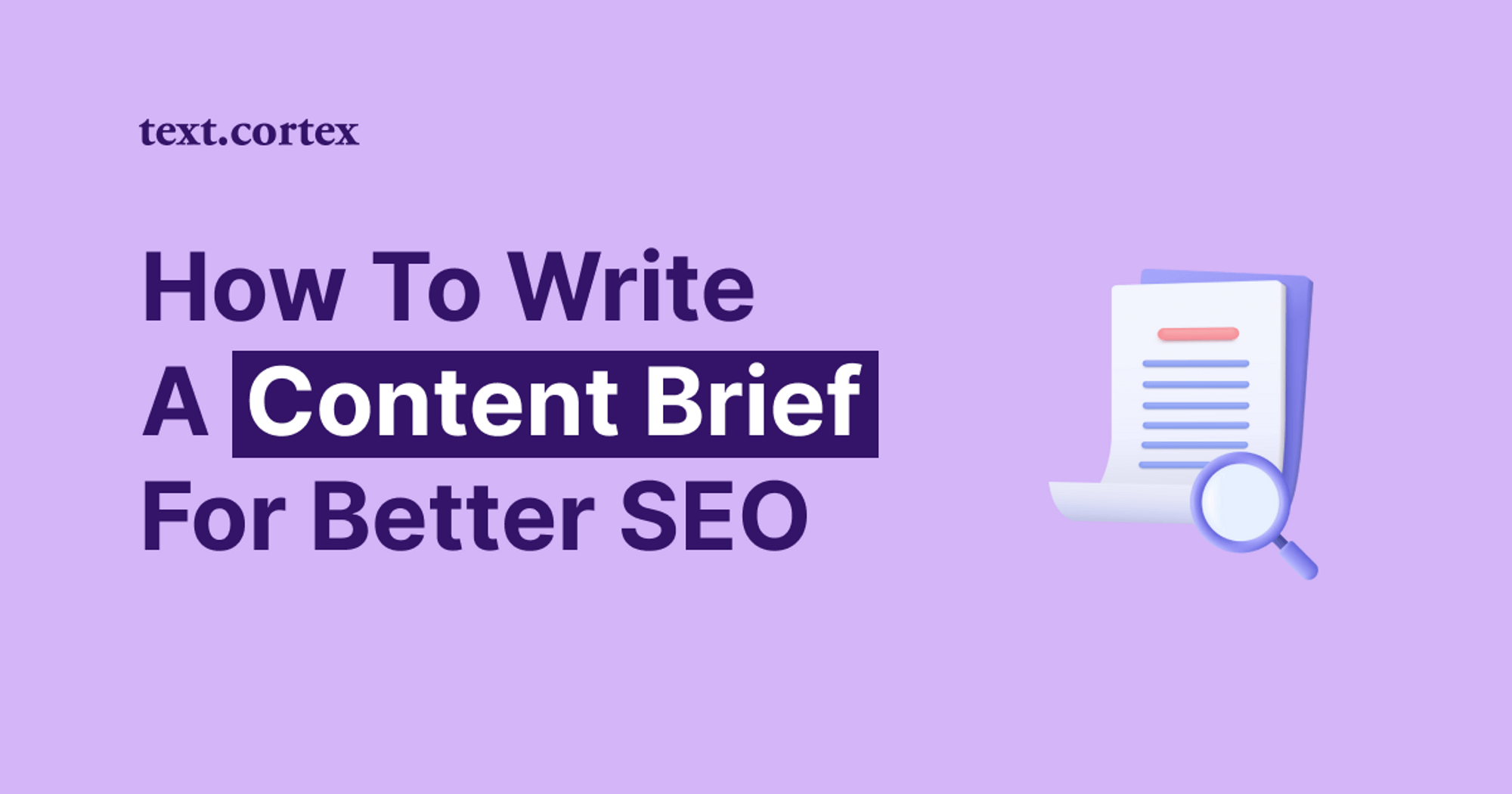
.jpg)
